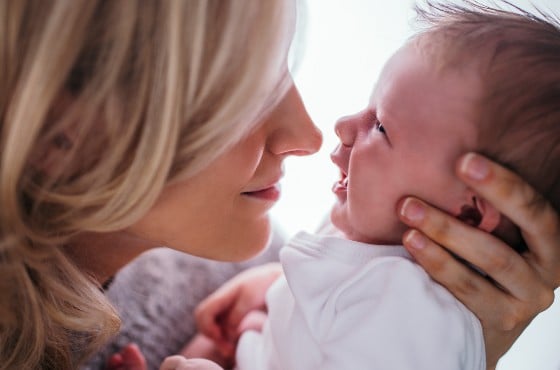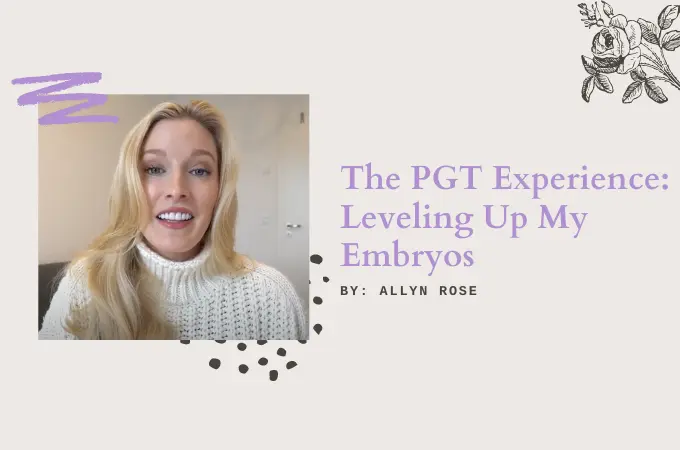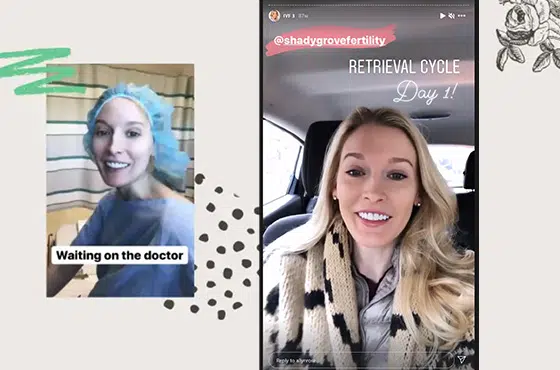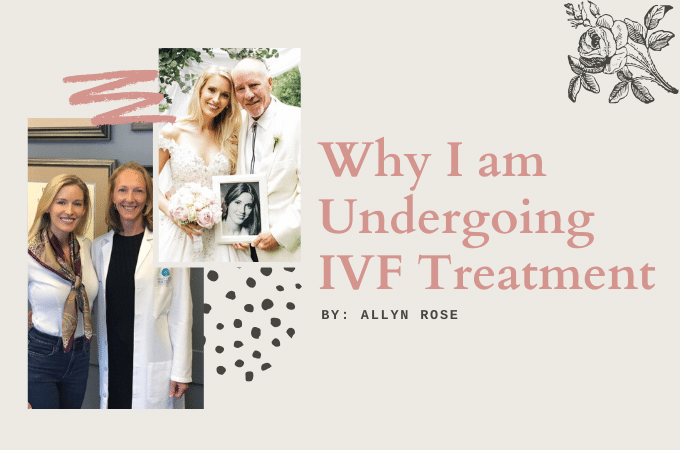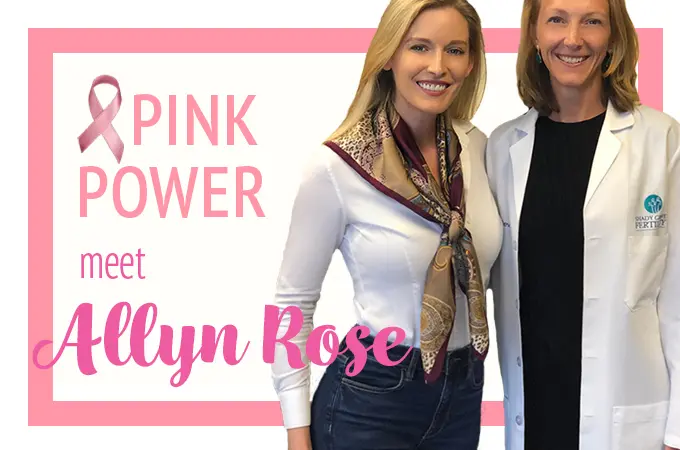Most of us have arrived at a point in our lives where we feel confident that we can handle the challenges that life throws our way. At 38-years-old Michele Halvorsen, who works as a research neurobiologist for the University of Maryland, was moving forward with her hard-earned career in early 2007 when at her annual exam her gynecologist suggested she have a baseline mammogram. With no family history of breast cancer she decided to put off the exam for six months.
“There was no reason for the referral other than that I had ‘dense’ tissue in my breast,” Michele recalls. “There was no discernible lump, and I have no family history of breast cancer. So I waited until the appointment fit into my schedule.”
By that September, she’d been diagnosed with cancer. But getting hit with the news didn’t diminish the single, childless scientist’s poise.
“My brain wasn’t wrapped around the fact that I had cancer,” she explained. “The area the doctors initially found was small, that I told the surgeon that I planned to keep my breasts. I just wanted the cancer out so I could get back to work from this small interruption.”
But in November 2007, a lumpectomy showed more cancerous tissue than her oncology team had expected. Michele changed her mind and opted for a double-mastectomy and avoided both chemotherapy and radiation.
“Since their initial testing hadn’t provided dependable results, my ‘science brain’ told me that I’d better not take chances.” The mastectomy allowed her to forgo taking Tamoxifen, a form of chemotherapy that is commonly prescribed for breast cancer treatment. Among its side effects: inducing menopause, which may be temporary or permanent.
She also took a test to determine if she carried the mutated BRCA gene, a dominant gene that’s presence means a 50% chance of passing on to offspring, plus a 45% risk of developing ovarian cancer, and an 89% risk of breast cancer. Michele was given the results after her mastectomy. They were positive for mutation. Her oncologist’s recommendation to her was a prophylactic oophorectomy – removal of both ovaries.
“That’s when I thought, ‘But I want to have a baby’,” Michele says.
She hadn’t had any luck meeting the guy she expected would traditionally show up, and now she had to make a fast decision. A weekend conference sponsored by FORCE (Facing Our Risk of Cancer Empowered) gave Michele the information and tools she needed to proceed with a plan to both fight her disease and preserve her fertility.
Following her surgery and the reconstructive phase, Michele began to wonder what she should do about her ovaries and a baby. “It took some time to give thought to and get okay with having a baby on my own,” she recalls. By now, though, she was nearing 40 and knew that, again, decisiveness mattered.
Michele started looking at donor sperm options. A colleague who’d had two children with the help of Shady Grove Fertility highly recommended Michele consult with Dr. Gilbert Mottla and his team in theAnnapolis office. Since her insurance would provide no coverage for fertility treatment, finances were an issue for her.
Michele credits the Shady Grove Fertility financial staff for doing all of the legwork to connect her toFertile Hope, the non-profit that assists cancer patients with fertility-focused needs, including providing monetary funding for treatment. The decision was made to attempt Intrauterine Insemination with specifically prescribed injectible ovulation-enhancing medication.
Michele’s first IUI was canceled because her ovaries produced six viable eggs. She recalls the phone call with Dr. Mottla on the day before insemination was to occur, a day that typically includes an injection of hCG to trigger the follicles to release the eggs.
“He said I should cancel the cycle because it was too risky; if all six eggs were fertilized, I’d have a litter,” she explains. “But I countered that statistically because each had only a 12 percent chance of fertilization. I asked to have some time to think – Dr. Mottla said I had 1 hour, I called back in 10 minutes.” Michele laughs today when she tells the story about how she pretty soon pondered what life with more than one baby might be like, especially after her recent health ordeal. The cycle was canceled.
Her second cycle went according to plan, resulting in the release of one viable egg. Two weeks following the insemination, an anxious Michele was in Chicago during the winter holidays when she was given the go-ahead by Shady Grove Fertility nursing staff to take a home pregnancy test – but with cautionary advice to realize even the best home tests can render false results.
“I was SO pregnant,” Michele says now.
Her son was born in September 2009 after a pregnancy that included some long-lasting nausea but no other adverse events. She describes it as “an awesome experience, both as a mom and a scientist, to feel this baby go through waking and sleeping cycles inside of me.” In spite of the joy, Michele’s thoughts immediately turned to her ovaries.
“Ovarian cancer is very hard to detect, and I knew that I had this high risk for it looming over me,” she said. But she also found herself wondering why she waited so long in the first place to become a mother. “I remember thinking when he was still tiny, ‘I could have another one right now’. As he’s gotten older, though, I’m thinking ‘Okay, one is good…’” she laughs.
Just a week prior to this interview in September 2010, Michele underwent a voluntary prophylactic full hysterectomy. Her decision was once again based on her being there for her son.
“I’m a mom now, and I need to put him first, even above taking the chances at having another child.”
If it hadn’t been for her heightened health risk, Michele says she would gladly have returned to Shady Grove Fertility to try for a second child. “It’s funny, because I remember thinking ‘No one here is ever in a bad mood!’ They were always just fantastic to me, from the medical to the financial staff. They helped me during a very uncertain time. I hope my story and the success that I had with Shady Grove Fertility is encouraging for other women or couples who may have the same obstacle to overcome as I did.”

